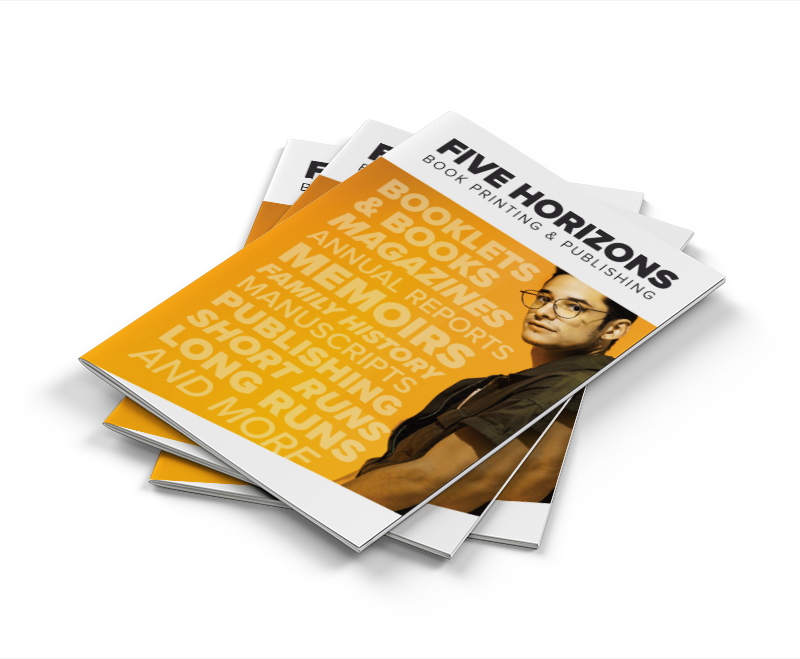





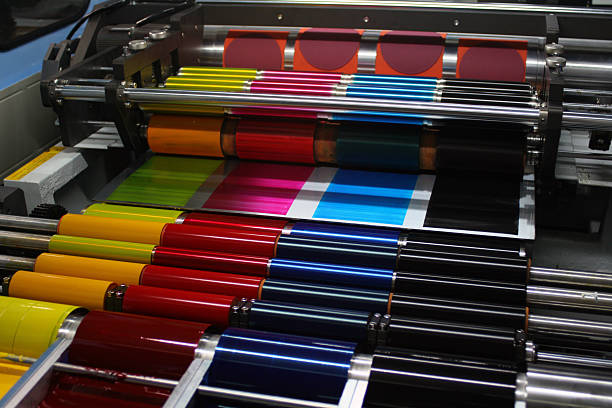
When it comes to purchasing a booklet printer, there are several essential factors to consider. Whether you need booklets for brochures, catalogues, event programs, or any other purpose, choosing the right printer is crucial for achieving high-quality results. In this article, we will discuss the key considerations to keep in mind when purchasing a booklet printer in Australia.
At Five Horizons Book Printing Services, we understand the importance of finding a reliable booklet printer that meets your specific needs. With our team of printing experts and state-of-the-art technology, we offer competitive pricing and deliver exceptional results. Whether you require cheap booklet printing or custom booklet printing, we are here to help.
When selecting a booklet printer, it is essential to consider the available sizes and customisation options. Our printing services offer a wide range of booklet sizes, including custom sizes to suit your unique requirements. With our booklet printer, you can be confident in achieving the precise dimensions and layout you desire for your Full Colour booklet Printing.
Additionally, we provide a free quote for all our printing services, ensuring transparency and affordability. By offering competitive pricing without compromising on quality, we strive to make your booklet printer purchase a cost-effective and satisfying experience.
Stay tuned for the upcoming sections where we will discuss important topics such as booklet printing and binding options, the significance of paper stock and weight, optimising your booklet design for professional printing, key features to consider for high-quality results, determining page count and layout, and more. With our comprehensive guide, you will have all the information you need to make an informed decision for your booklet printer purchase.
When it comes to choosing a booklet printer, it’s essential to have a clear understanding of the printing and binding options available. Booklets can be printed and bound in different ways, each with its own unique characteristics and advantages. By considering these options, you can select the most suitable method based on your specific printing needs.
Saddle Stitched Booklets: This popular binding method involves folding sheets of paper in half and using staples to hold them together along the folded spine. Saddle stitched booklets are cost-effective and perfect for smaller page counts.
“Saddle stitched booklets offer a clean and professional look, making them ideal for brochures, event programs, and promotional materials.” – Five Horizons Book Printing
Perfect Bound Booklets: This method is commonly used for thicker booklets. Perfect binding involves gathering and trimming loose pages, applying adhesive to the spine, and then attaching a cover. This creates a durable and sleek finish, similar to a paperback book.
Wiro Binding: Wiro binding, also known as spiral binding, involves punching holes along the edge of the booklet and securing the pages together with a metal coil or wire. This allows for easy page turning and the booklet can lie flat when opened.
Booklet Printing Options: When selecting a booklet printer, it’s important to consider if they offer these various binding options. This ensures that you have the flexibility to choose the most suitable method for your specific project.
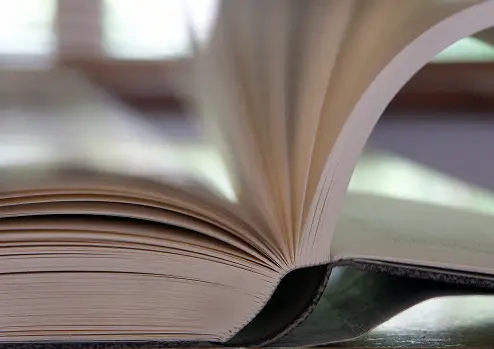
When it comes to booklet printing, the choice of paper stock and weight plays a significant role in the overall quality and appearance of the finished product. It is important to consider several factors when selecting the right paper for your booklets, including durability, finish, and color representation.
When choosing paper stock for your booklets, it is essential to consider the specific requirements of your project. Different paper stocks offer varying levels of durability and finish options, such as coated or uncoated finishes. Coated paper provides a glossy or matte finish and is ideal for showcasing vibrant colors and high-resolution images. Uncoated paper, on the other hand, has a more natural and textured look, perfect for a more rustic or tactile feel.
Consider the intended use of your booklets and the target audience when selecting the paper stock. For professional or corporate purposes, a high-quality coated paper may be preferred to lend a polished and sophisticated look to your booklets. However, if you want to create a more personalized or artistic feel, uncoated paper could be the perfect choice.
Paper weight refers to the thickness and sturdiness of the paper used in booklet printing. Understanding the importance of paper weight is crucial in ensuring that your booklets have the desired look and feel.
A standard paper weight for booklets is around 80-100gsm (grams per square meter), which provides a balanced thickness for most purposes. However, for a more high-end or substantial feel, you may opt for heavier paper weights, such as 120-150gsm or even more for covers. On the other hand, if you want a more lightweight and flexible booklet, a lower paper weight, such as 60-70gsm, may be suitable.
Consider the durability and functionality required for your booklets when choosing the appropriate paper weight. For booklets that will be frequently handled or passed around, a higher paper weight will offer greater durability and prevent easy tearing or wear and tear.
In addition to durability and weight considerations, different paper types also offer various customisation options for your booklets. Coated papers provide a smooth surface that enhances color vibrancy and image sharpness. They are well-suited for showcasing detailed designs and full-color printing. On the other hand, uncoated papers allow for a more tactile experience and can add a natural and textured look to your booklets.
Consider the effect you want to achieve with your booklets and the branding or visual style of your project. Coated papers are often chosen for their vibrant and professional appearance, while uncoated papers lend a more organic and craft-inspired feel.
Ultimately, the choice of paper stock and weight should align with the purpose, audience, and desired visual impact of your booklets. By carefully considering these factors, you can ensure that your booklet printing meets your expectations and delivers a high-quality finished product.
When it comes to creating booklets, it’s essential to optimise your design for professional printing. By utilising the latest technology available and accounting for crucial factors such as bleed area and design margins, you can ensure precision and clarity in your printed materials. Understanding printer spreads and the role of imposition also plays a vital part in creating booklets that are ready for printing.
When printing Booklets or Books, make sure you submit your Art as a print ready PDF file for optimum results
In today’s fast-paced world, advancements in printing technology are constantly evolving. To achieve the highest level of precision and clarity in your booklet printing, it’s important to utilise the latest technology. By partnering with a booklet printer that employs state-of-the-art equipment, you can ensure that your designs are reproduced to the highest standards, with vibrant colours and crisp details.
By harnessing the power of cutting-edge printing technology, you can enhance the overall aesthetic appeal of your booklets and deliver impactful visual experiences to your audience.
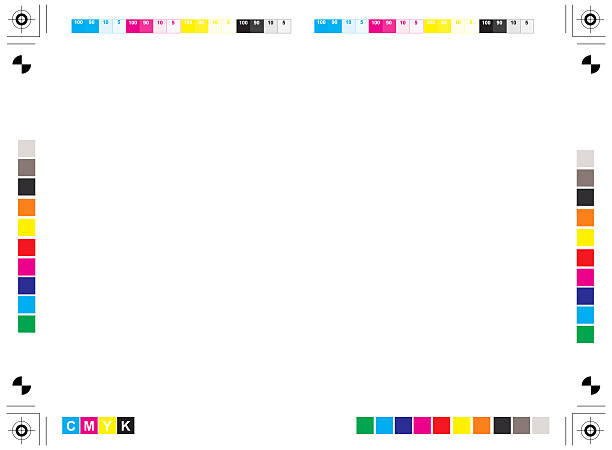
When designing your booklets, it’s vital to consider the bleed area and design margins to prevent any content from being unintentionally cut off during printing and trimming. The bleed area refers to the extra space around the edges of your design that extends beyond the final trim size. It ensures that there are no white borders or gaps between the edge of your booklet and the printed content.
Design margins, on the other hand, are the safe zones within your booklet where important text and images should be placed to avoid getting clipped or distorted. By carefully adhering to bleed area and design margin guidelines, you can guarantee that your booklet design looks professional and visually appealing.
Printer spreads refer to the sequential order in which the pages of your booklet are arranged for printing. Understanding how to create printer spreads is essential for ensuring that your booklet is printed in the correct page sequence. This is especially important for booklets with double-sided printing, as the pages need to be organized correctly for proper reading.
Imposition is the process of arranging pages on a printed sheet in the correct order and orientation, for efficient printing and finishing. Proper imposition helps maximize the use of paper stock and reduces waste during the production process.
| Key Takeaways |
|---|
| – Utilise the latest printing technology for precision and clarity in your booklets. |
| – Account for bleed area and design margins to prevent content from being cut off. |
| – Understand printer spreads and the role of imposition for proper page organization. |
When selecting a booklet printer, it is essential to consider the key features that contribute to high-quality printing results. The printer’s printing speed that the print house produced at determines the efficiency of the printing process, allowing them to produce booklets quickly and meet tight deadlines.
The print resolution plays a significant role in the clarity and sharpness of your booklet. Higher resolutions result in crisper text and images, ensuring that your printed materials look professional and visually appealing.
Another crucial feature to consider is the sheet capacity of the printer. This refers to the number of sheets of paper that the printer can hold at a time. A high sheet capacity allows for uninterrupted printing, saving them time by reducing the frequency of paper reloads, this reducing price to you
Moreover, mobile printing capabilities are becoming increasingly important. By this, online booklet printing specialists can send you a printed booklet proof, or print file for you to approve, so you can approve your proof and get your job rolling from your mobile or tablet
When planning your booklet, it’s crucial to determine the number of pages required for your desired content. This will ensure that your booklet has enough space for all the information you want to include. In addition to calculating the necessary number of pages, it’s important to consider the inclusion of blank pages for proper printing and binding.
To determine the total page count for your booklet, you need to consider the content you want to include and how it will be organized. Here are some key steps to follow:
By following these steps, you can calculate the required number of pages for your booklet, taking into account both the content and the blank pages necessary for proper printing and binding.
The orientation and size of your booklet have a significant impact on its overall look and feel. Here are some options to consider:
By carefully considering the orientation and size options, you can create a visually appealing booklet that suits your specific needs.
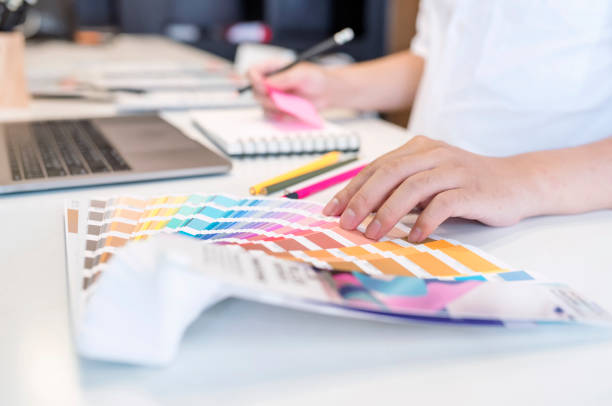
For saddle stitched and perfect bound booklets, creating a cohesive layout is essential to ensure that the content flows smoothly from one page to another. Here are some tips to achieve a cohesive layout:
By following these guidelines, you can create a cohesive and visually appealing layout for your saddle stitched and perfect bound booklets.
| Binding Type | Layout Considerations |
|---|---|
| Saddle Stitched | Ensure that no critical text or images are placed too close to the binding area, as they may get obscured when the booklet is folded. |
| Perfect Bound | Allow for additional margin space near the spine to account for the binding process and prevent any content from being obscured. |
After considering the various factors discussed in this article, it is clear that choosing the right booklet printer is crucial for achieving high-quality printing results. By taking into account the options for printing and binding, paper stock and weight, design optimization, key features, page count and layout, you can ensure that your booklet purchase meets your specific printing needs and delivers the desired visual impact.
With the right booklet printer, you can confidently create professional booklets for a range of purposes and make a lasting impression on your audience. Whether you need booklets for brochures, catalogues, event programs, or any other purpose, investing in a reliable and efficient booklet printer will enable you to produce visually appealing and high-quality printed materials.
When selecting a booklet printer, don’t just focus on the price alone. Consider the overall value it offers in terms of competitive pricing, printing expertise, timely delivery, and exceptional customer service. Look for printing services that provide a wide range of booklet sizes, including custom sizes, to cater to your specific requirements.
So, don’t compromise on the quality of your booklets. Choose a reputable booklet printer that offers competitive pricing, expert printing services, and a commitment to delivering high-quality results. Get a free quote today and start creating stunning booklets that showcase your brand or message in the best possible light!
Copyright © 2025 Five Horizons. All Rights Reserved.